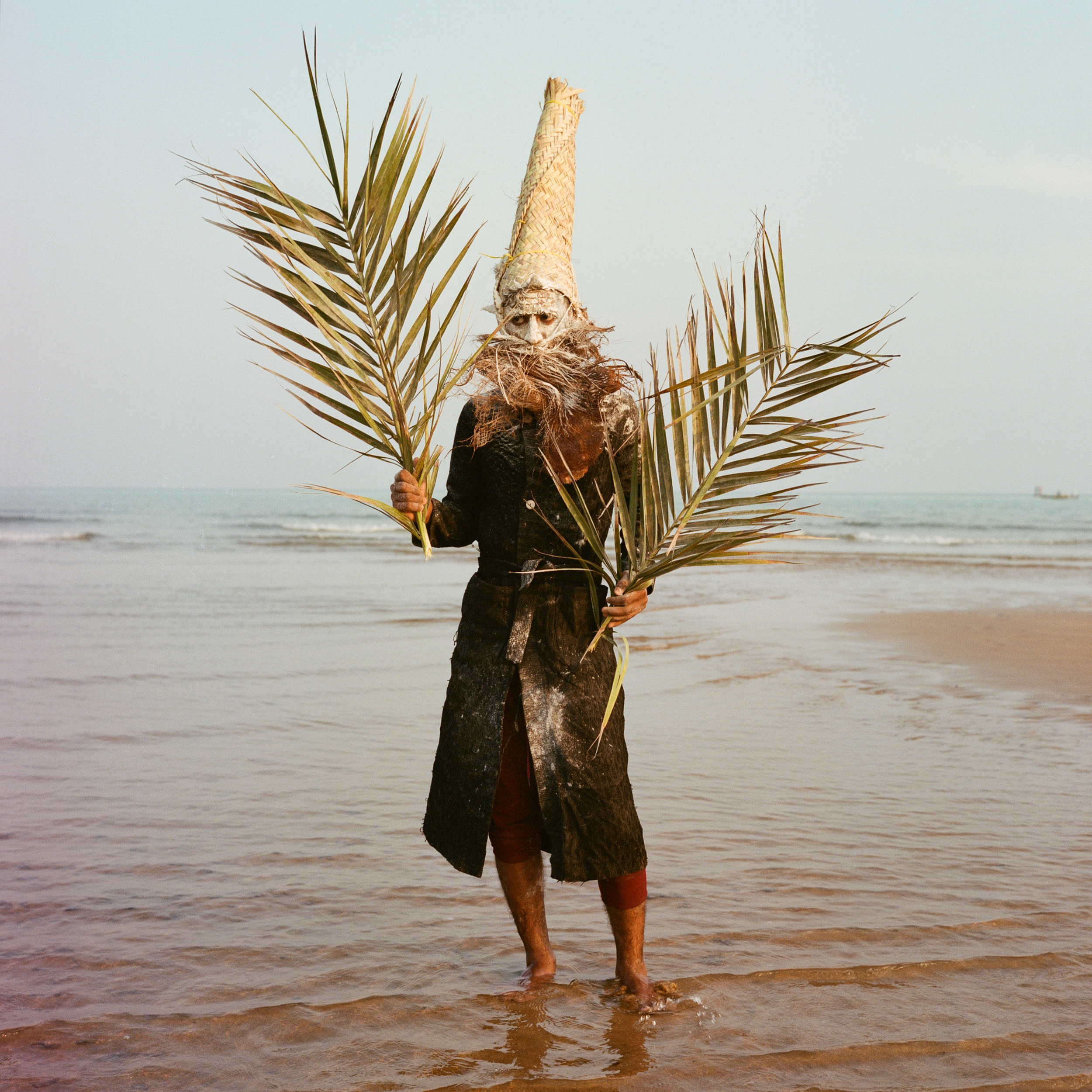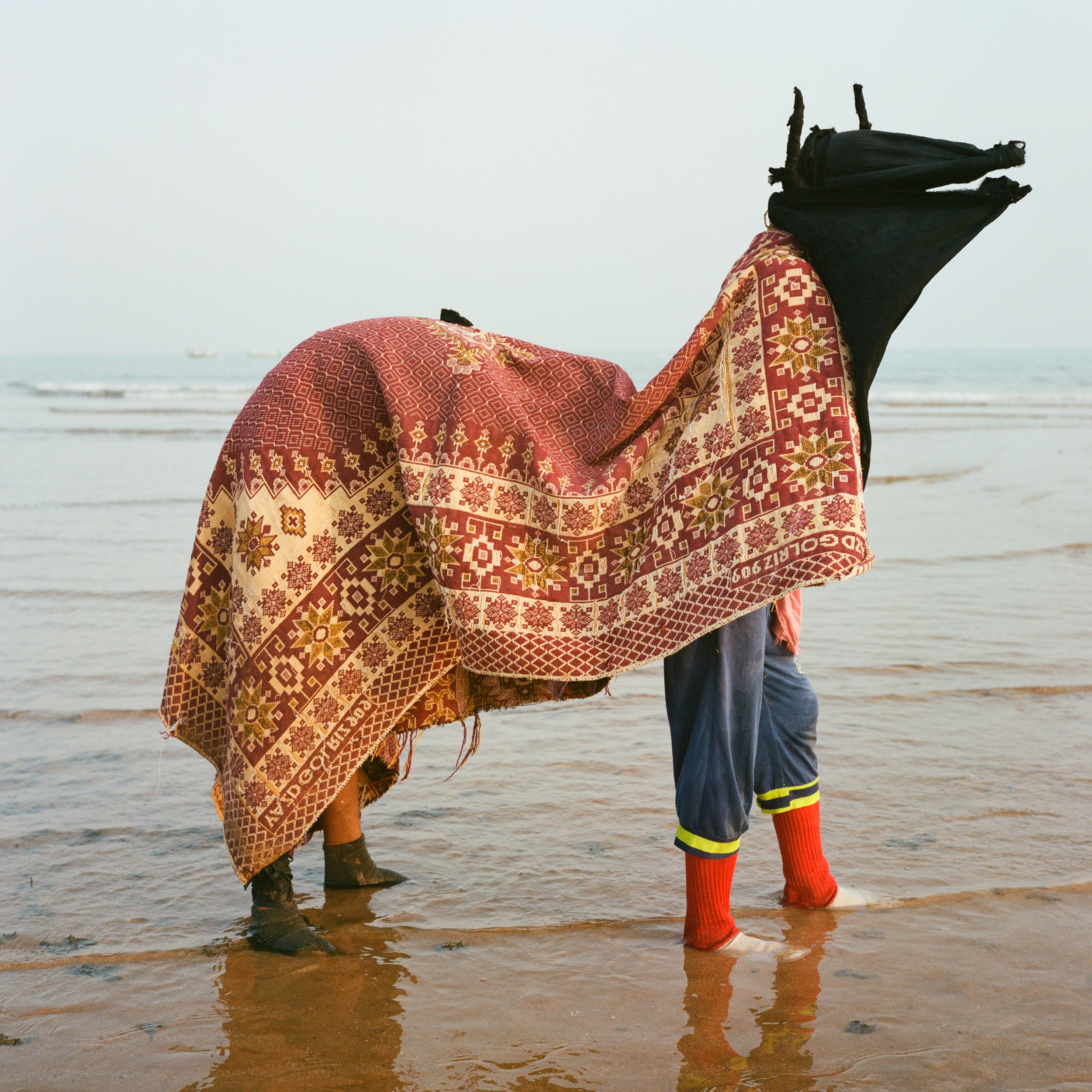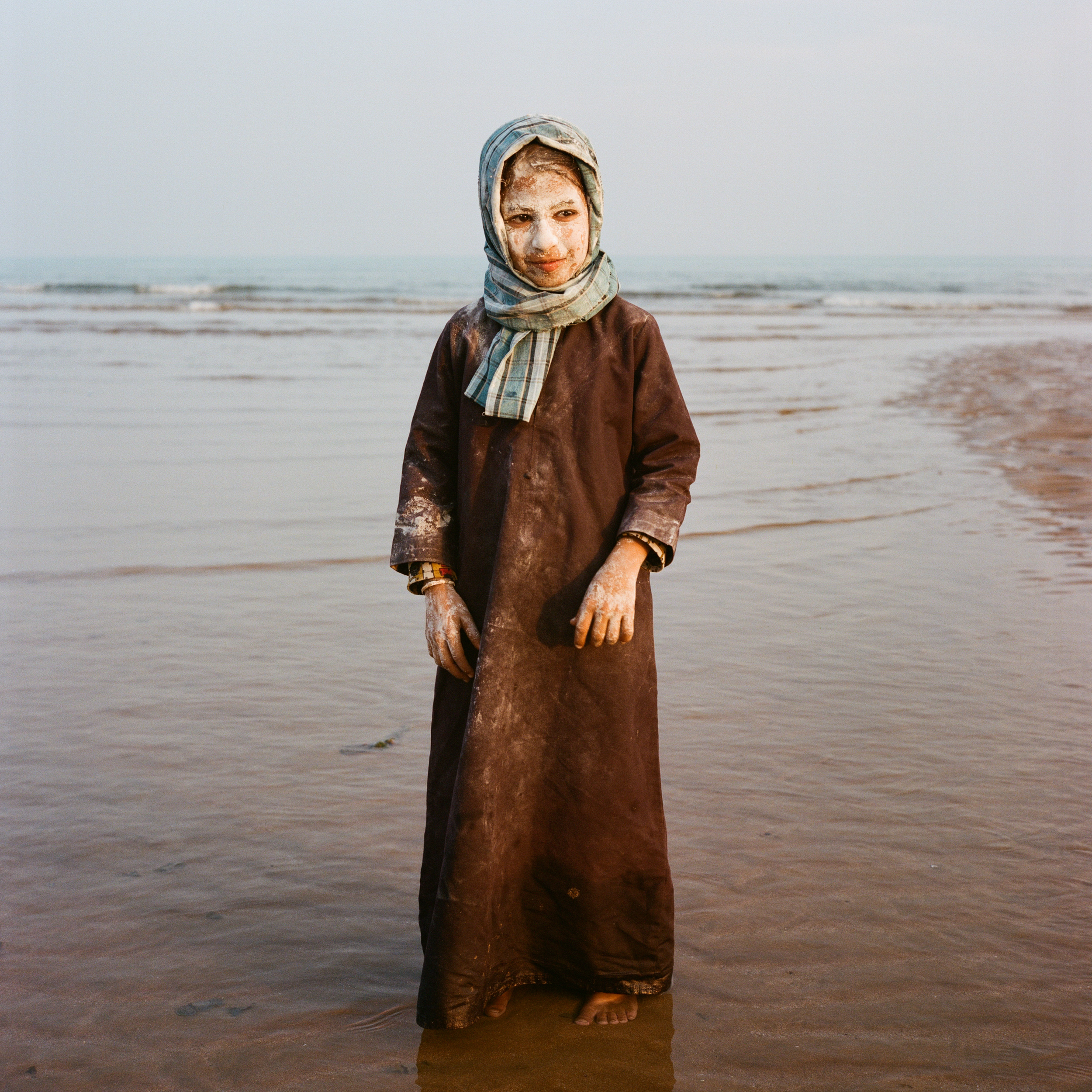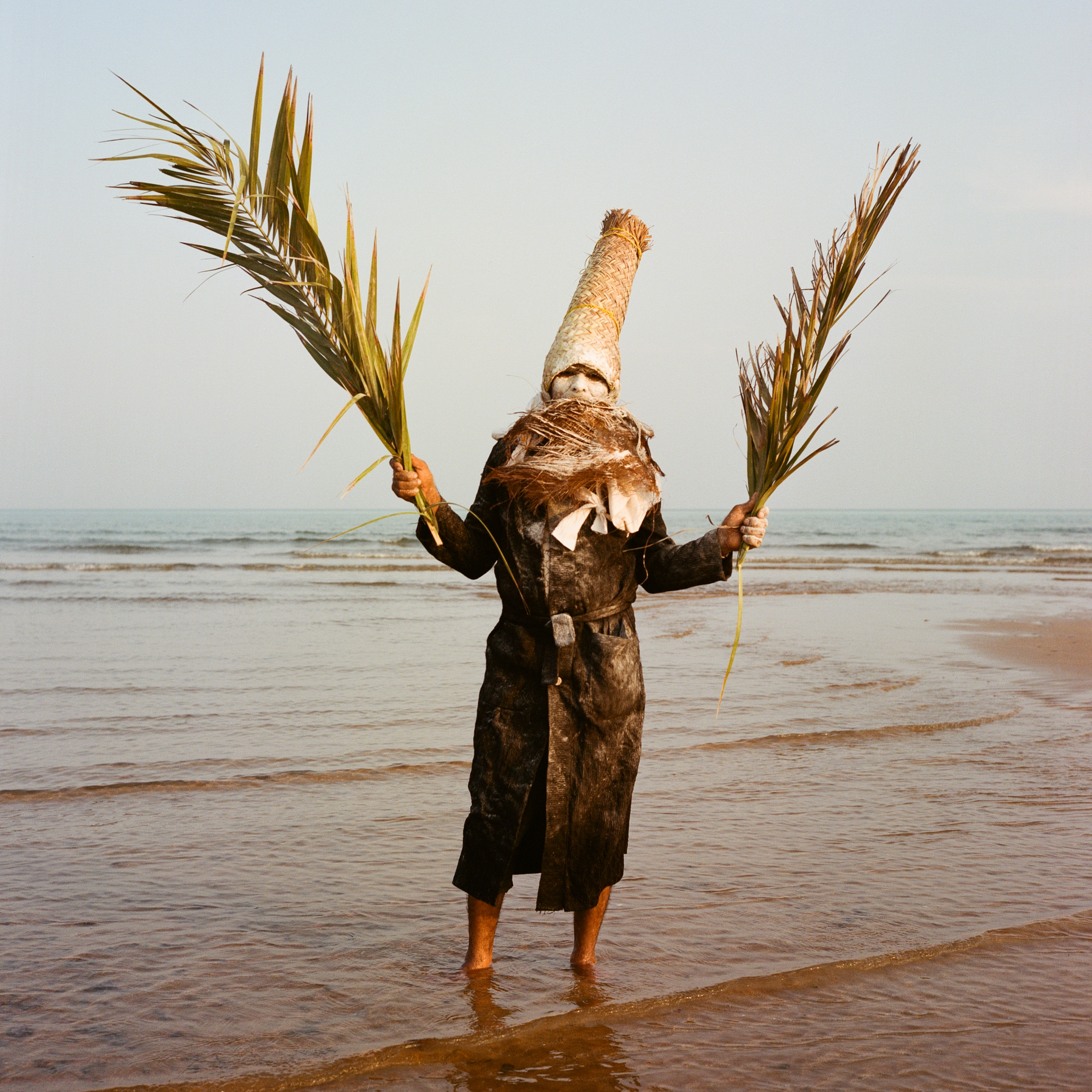Fading Facades
Kuwait
Date: 2023
Medium: Anthotype prints
Date: 2023
Medium: Anthotype prints
In an effort to develop and implement a modern water-supply system in Kuwait, the Swedish company VBB (Sweco) began constructing the water towers in February 1970. The 31 water towers consist of different heights and colors. Their mushroom shape was designed to help provide shade to what was intended to be public gardens underneath. The design of the water towers, as well as the Kuwait Towers, received the Aga Khan Prize for Islamic Architecture in 1980 (source: Aga Khan Trust for Culture).
I took pictures of the water towers in 1985. These towers were originally gray and white before they were painted with stripes of white and blue and became the iconic water towers we know today. In this series, I reprinted the images using the anthotype method—a photographic printing process that uses emulsions made from the extracts of light-sensitive plants, such as flowers, fruits, and vegetables. Because of the photosensitivity of this method, the image may fade if it’s not protected from direct light. This style of printing mirrors the precariousness of most historical buildings in Kuwait, which are unfortunately likely to face demolition or changes to their original facades.







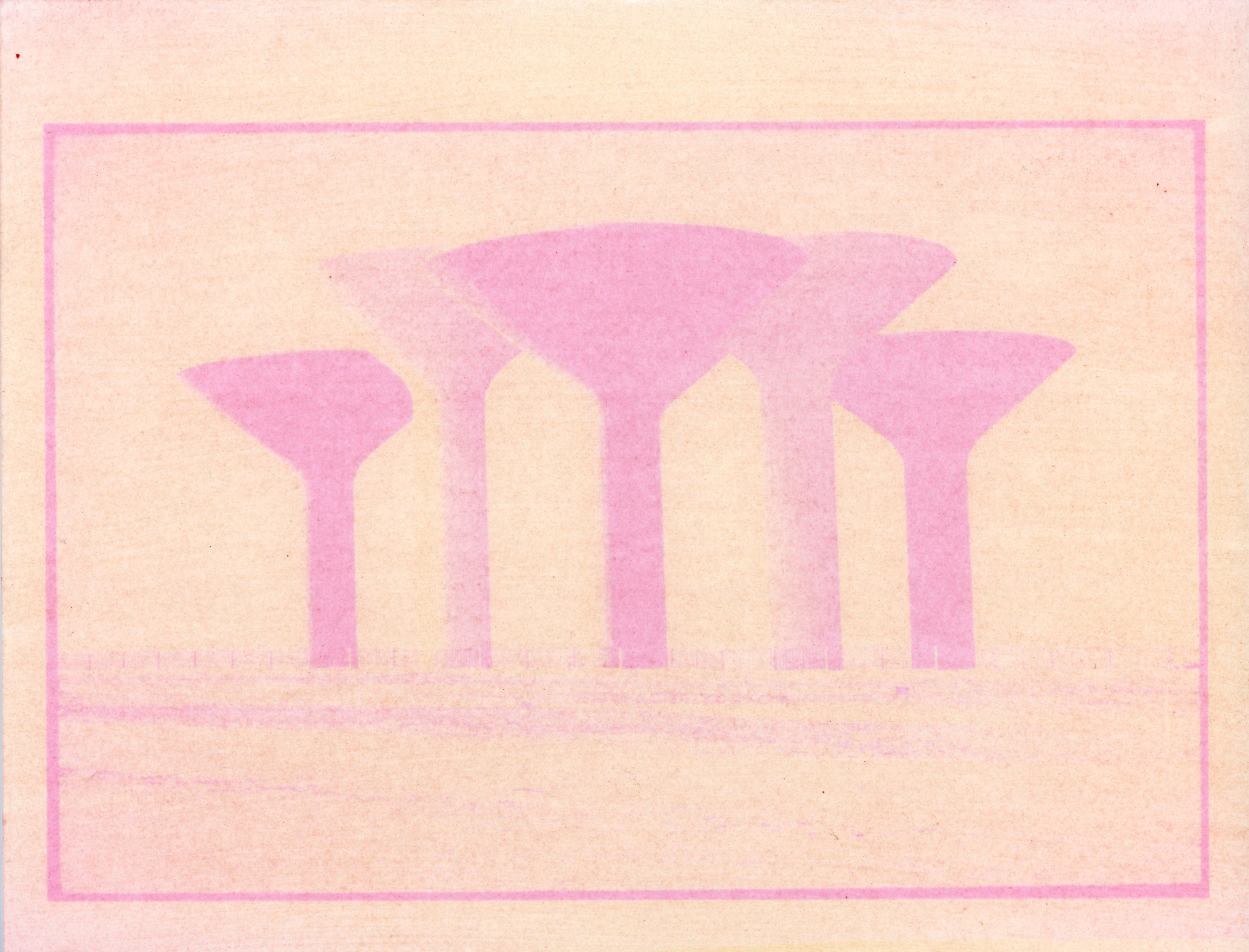
︎︎︎Back Next︎︎︎
Passport Photos for non-passport holders
Location: Kuwait
Date: 2022
Medium: Fujifilm fp-100c - Poloriod Photo express
Date: 2022
Medium: Fujifilm fp-100c - Poloriod Photo express
This project relates to a group of individuals known as Bedoon in my home country of Kuwait. In Arabic, the word bedoon means without. In this case, these individuals are bidoon jensya, without citizenship, in other words stateless. Though many date their presence in Kuwait to the early 20th century, they lack the paperwork necessary to become citizens. They are the have-nots of Kuwait, not simply because they lack an identity, but also because their precarious existence contrasts so distinctly with the excesses to which Kuwait citizens are entitled. Official doors are closed to them whether it be to access education or health, get a job or simply get married. Compounding their vulnerable status is their almost complete anonymity in the society; few draw attention to their plight because the price for doing so is so high, whether it be harassment or expulsion. To most people, the bedoon are invisible.
Although I have encountered several bedoon over the years, I have always shied away from photographing them. The camera is a weapon of sorts - both good and bad. In some ways, it can expose difficult subjects, but at the same time it also can intimidate and compromise the person being photographed.Recently, however, I came across one individual who welcomed the idea of being photographed, of existing on paper in a world where they are told to disappear. I thought of the passport photo. Never having had a passport, most bedoon have never had their passport photo taken. And yet, a passport photo delivers a strong message: presence, identity, existence.

︎︎︎ Next
X-ray 0-10687
Location: Kuwait
Date: 2020
Medium: Digital
Date: 2020
Medium: Digital
Eid day. A photograph of me at age 4. I am standing upright, arms by my side, seemingly well behaved. I am wearing an oversized waistcoat, a style that has stayed with me throughout my life. It was around that time that I was diagnosed with congenital hip dislocation, six months prior to the standardization of hip adjustment treatments for newborns.
X-ray No.0-10687. Although my parents never spoke about my condition – a genetic condition that afflicts every one in 1000 infants – I knew that my hip wasn’t exactly like everyone else’s. Heidelberg-Milan-1969. Meetings with doctors and nurses in far-away countries, and sleeping with a gypsum cast, are some of my earliest memories. On my first day of high school,
I remember being challenged to go from one classroom to another in less than 5 minutes. As my body matured and my condition evolved, I became even more determined to move at the same speed as my peers in life.
Perhaps it is because of my condition that I rarely call for attention. School dance. With my camera, I have always documented people’s lives, never mine. But with the wisdom of age, I am starting to see things differently. Archival records, x-rays, doctor’s notes that I have meticulously collected over the years have resurfaced into my life, nudging me to turn the camera on them. Through a retrospective exploration of these items, I plan to re-trace my journey with CHD. I read somewhere that the subject is born of the object. These bits of history are as much a part of me, as I am of them. I would like now to tell their story through photography.
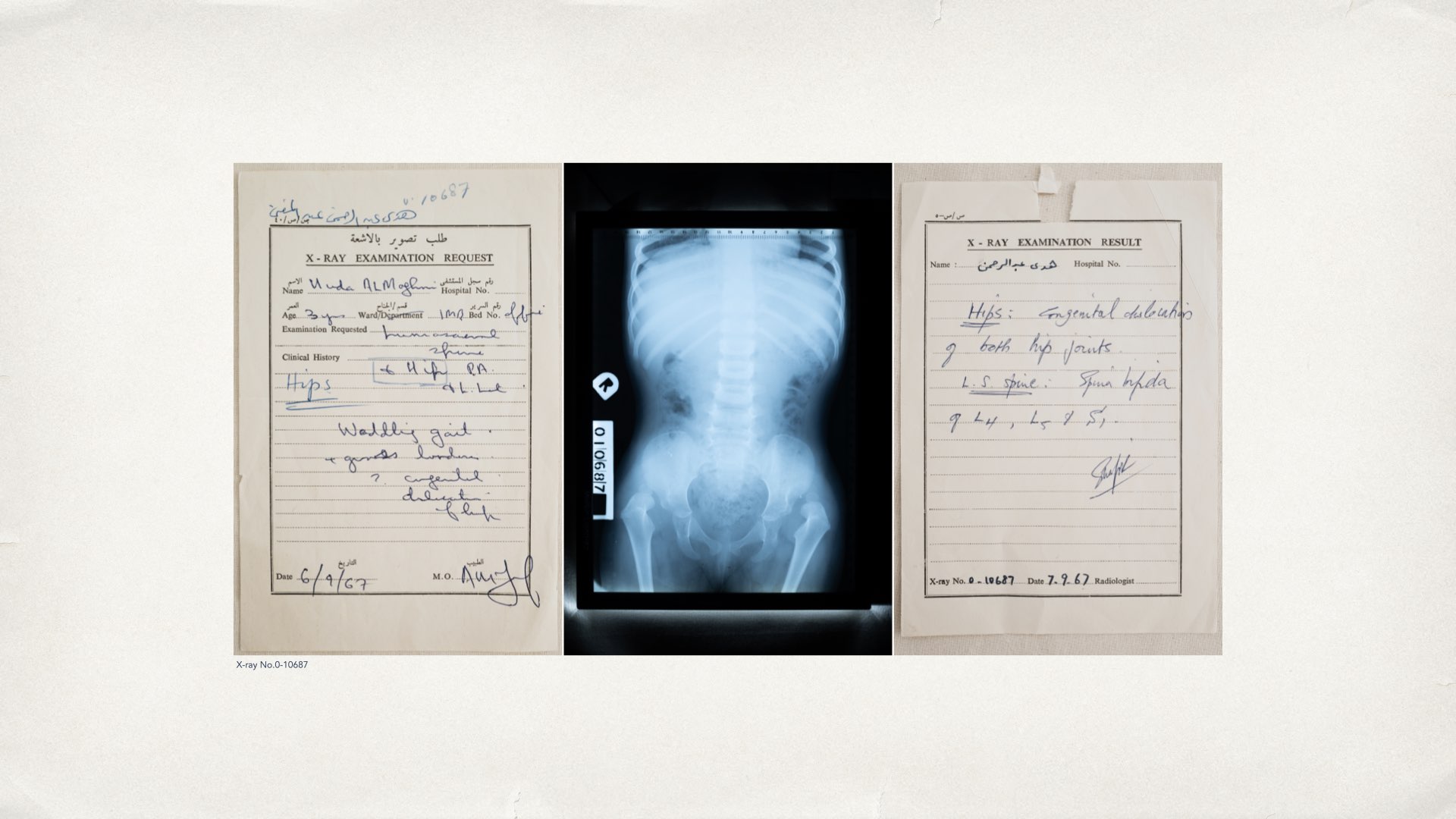
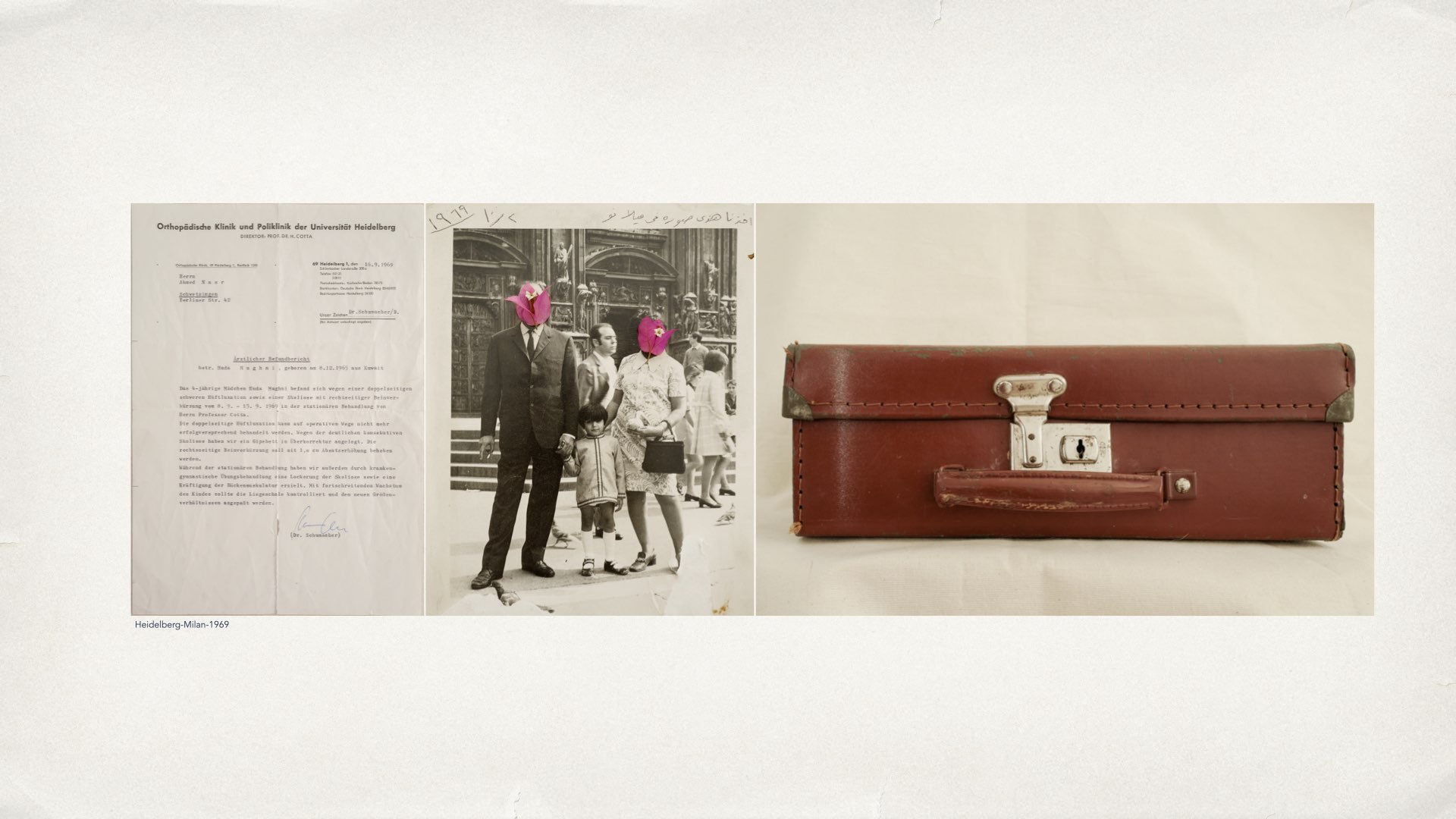
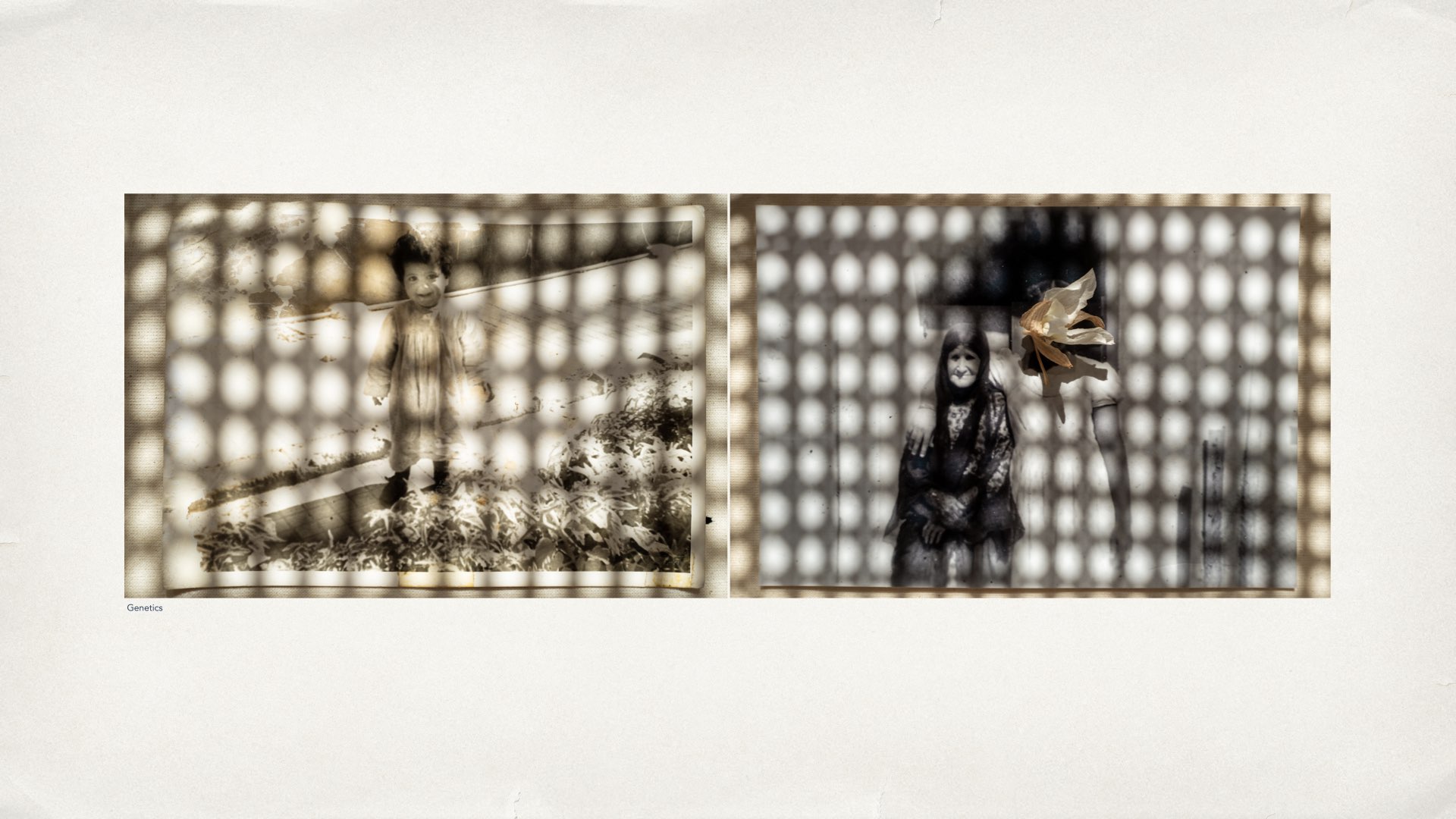
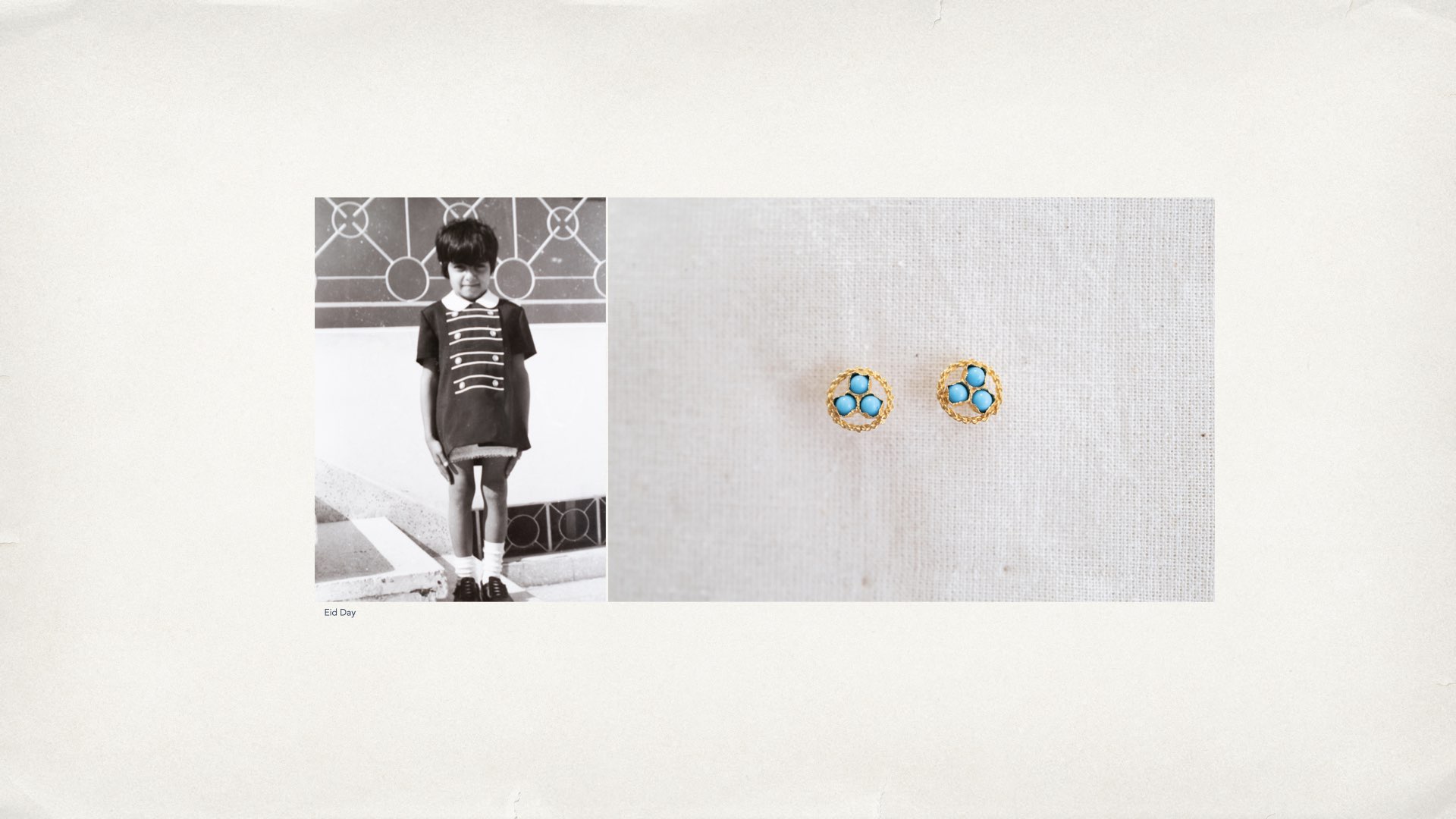
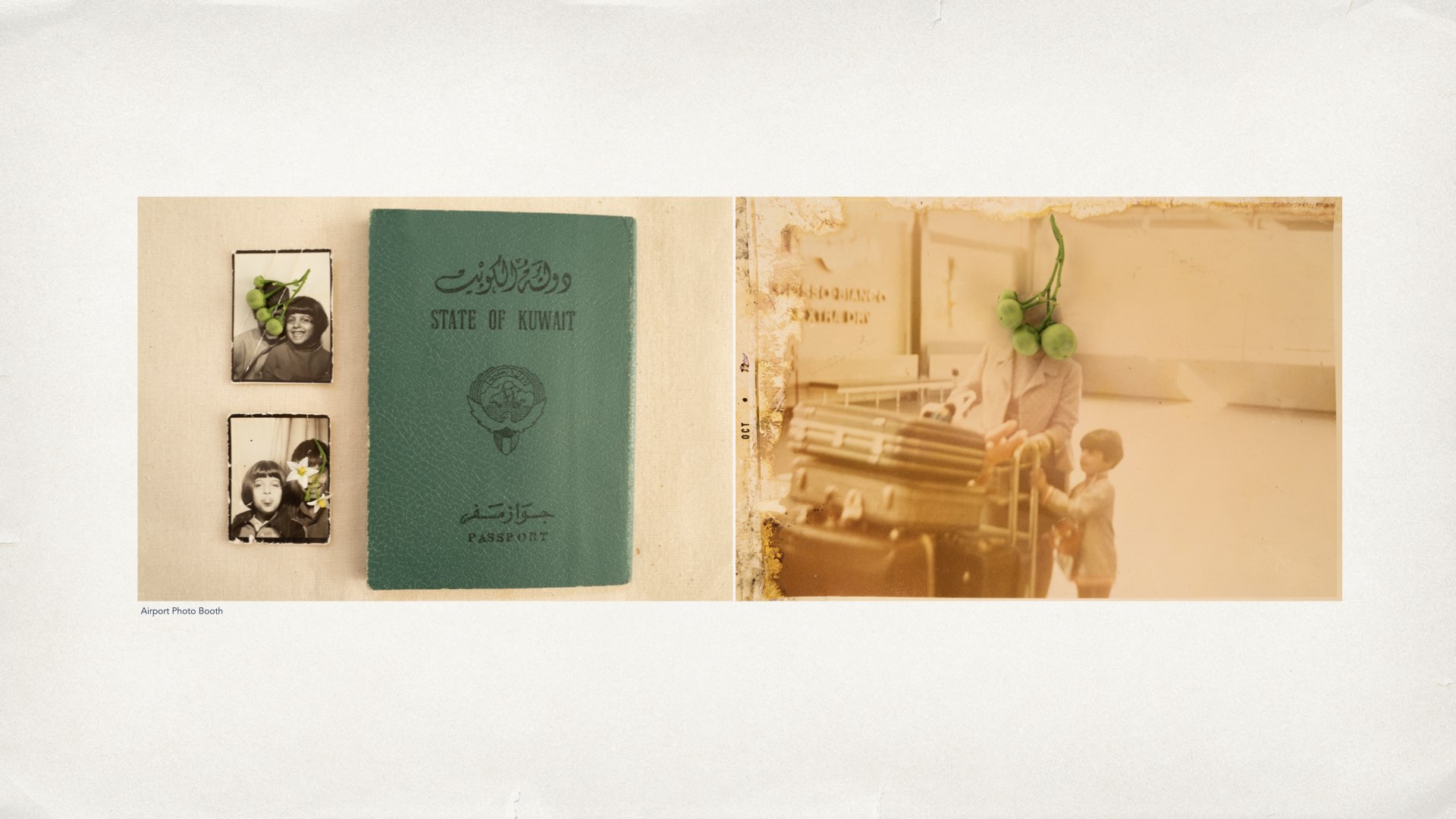
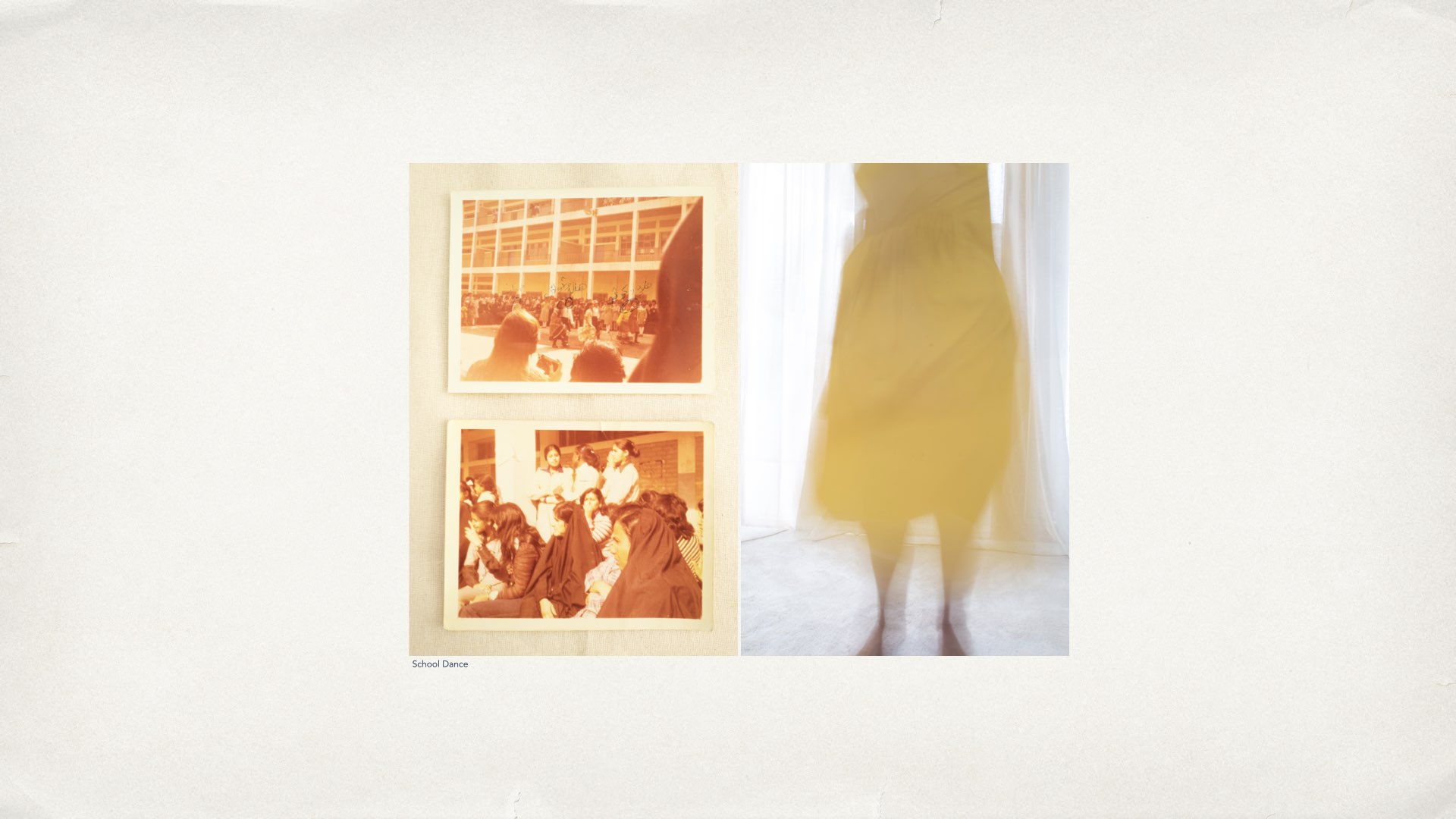
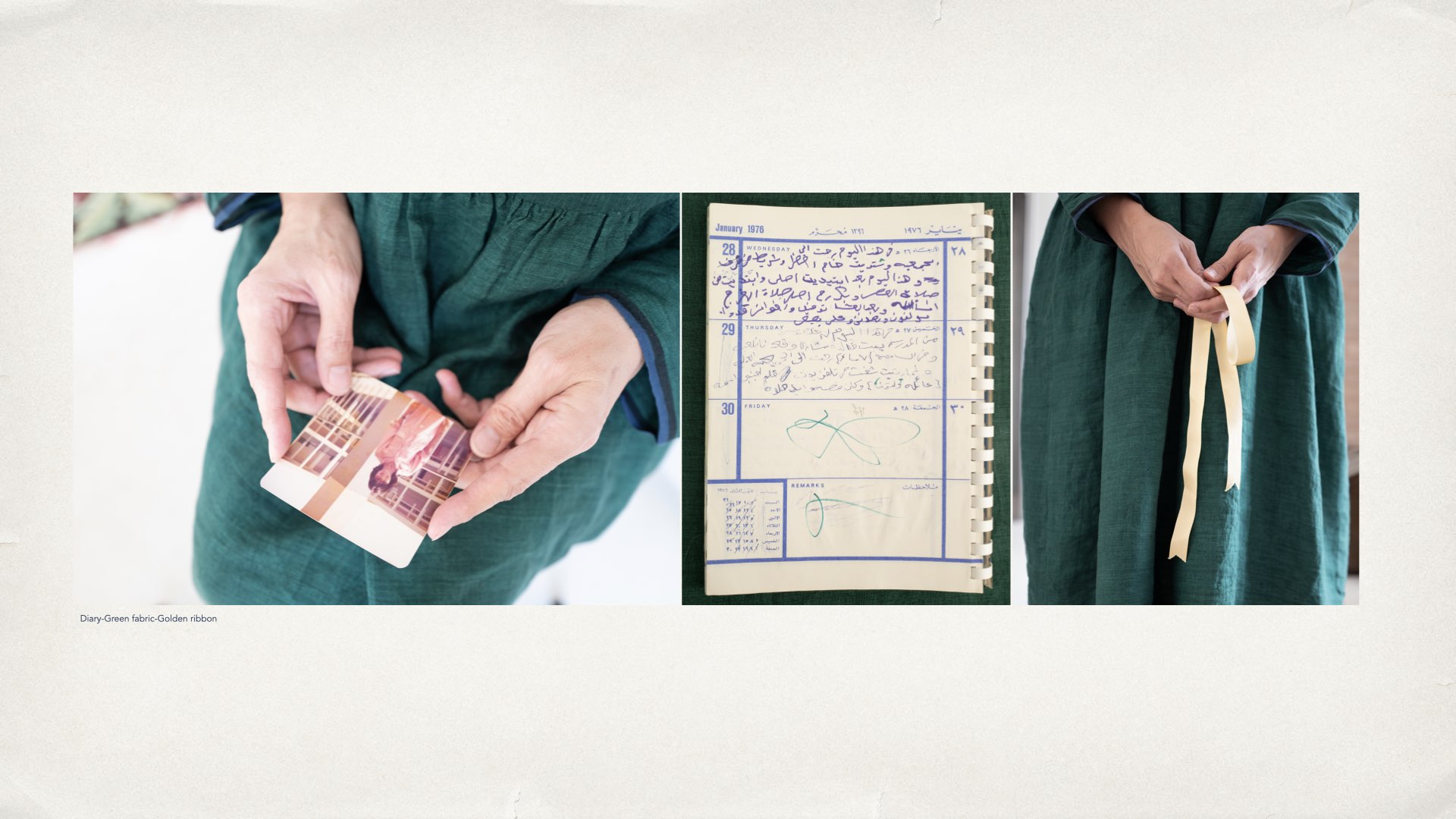
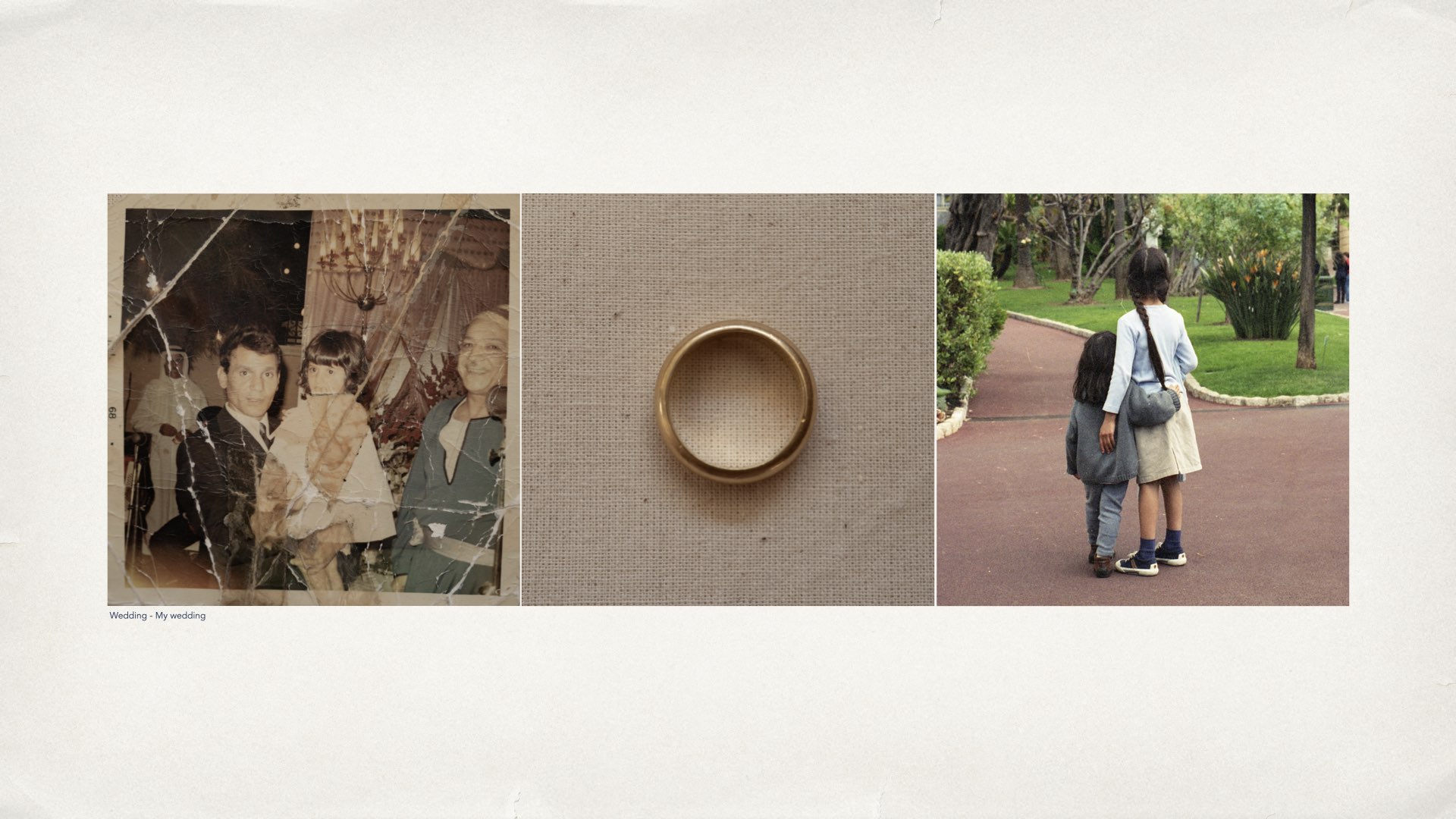
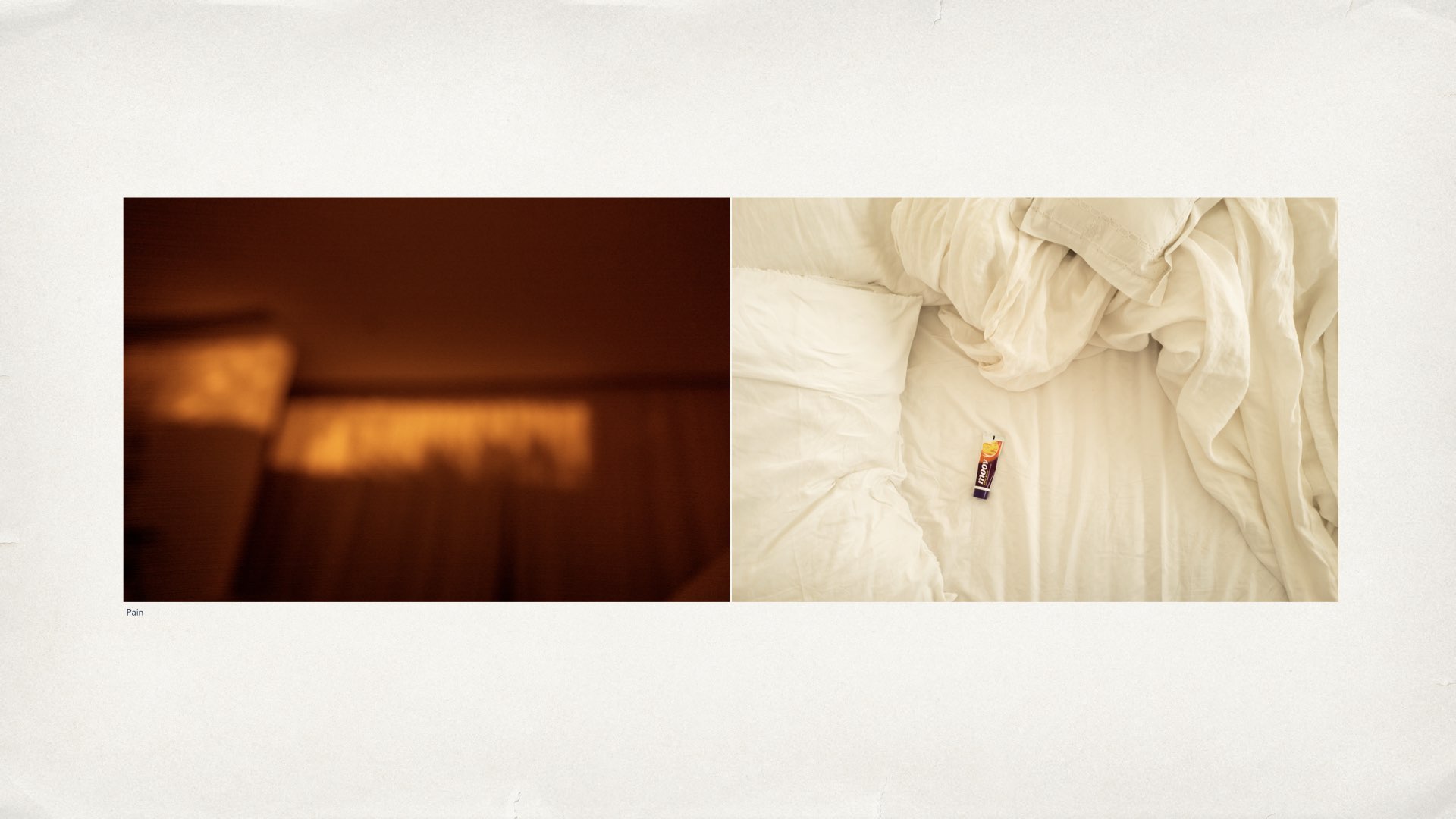
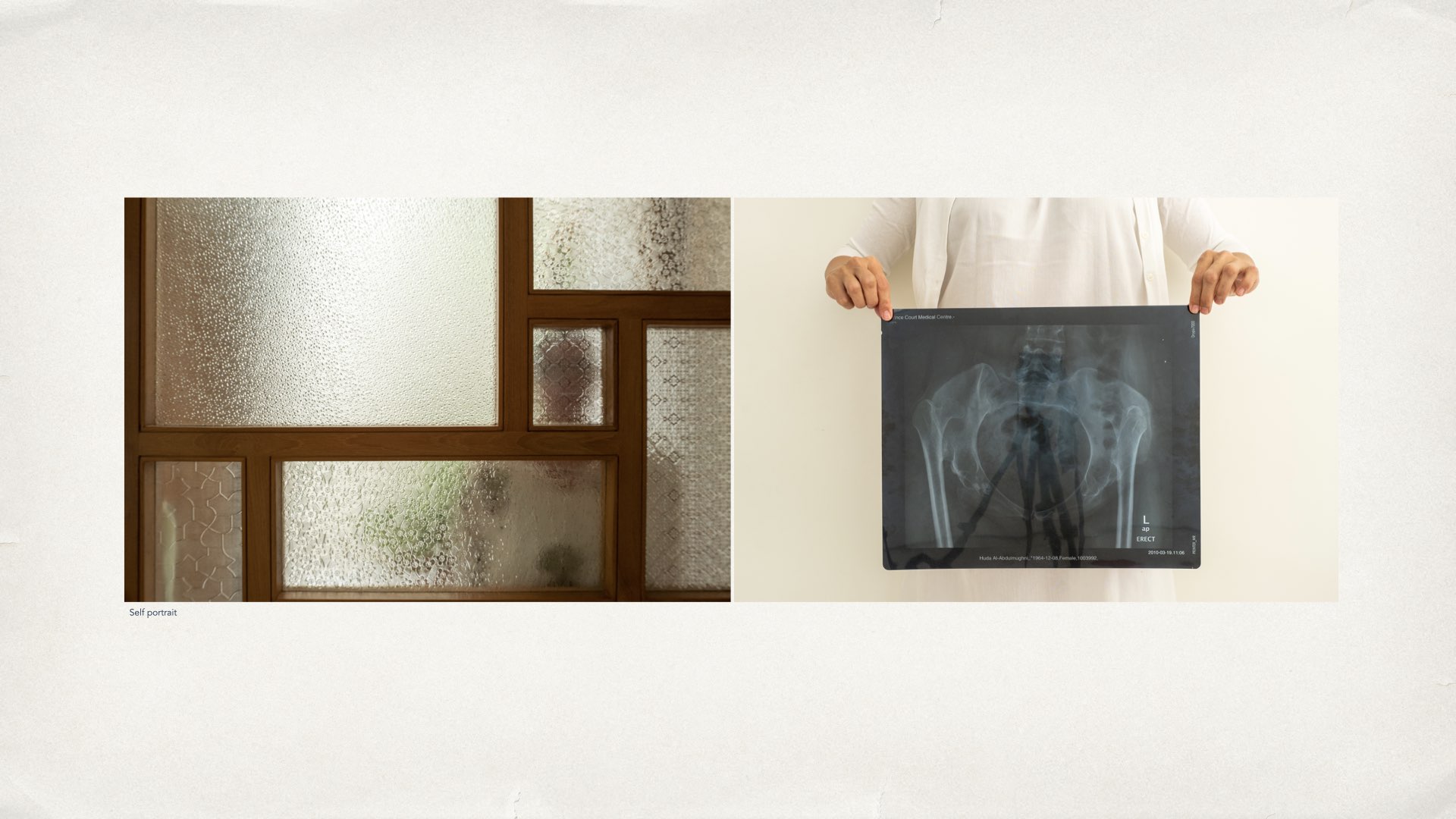
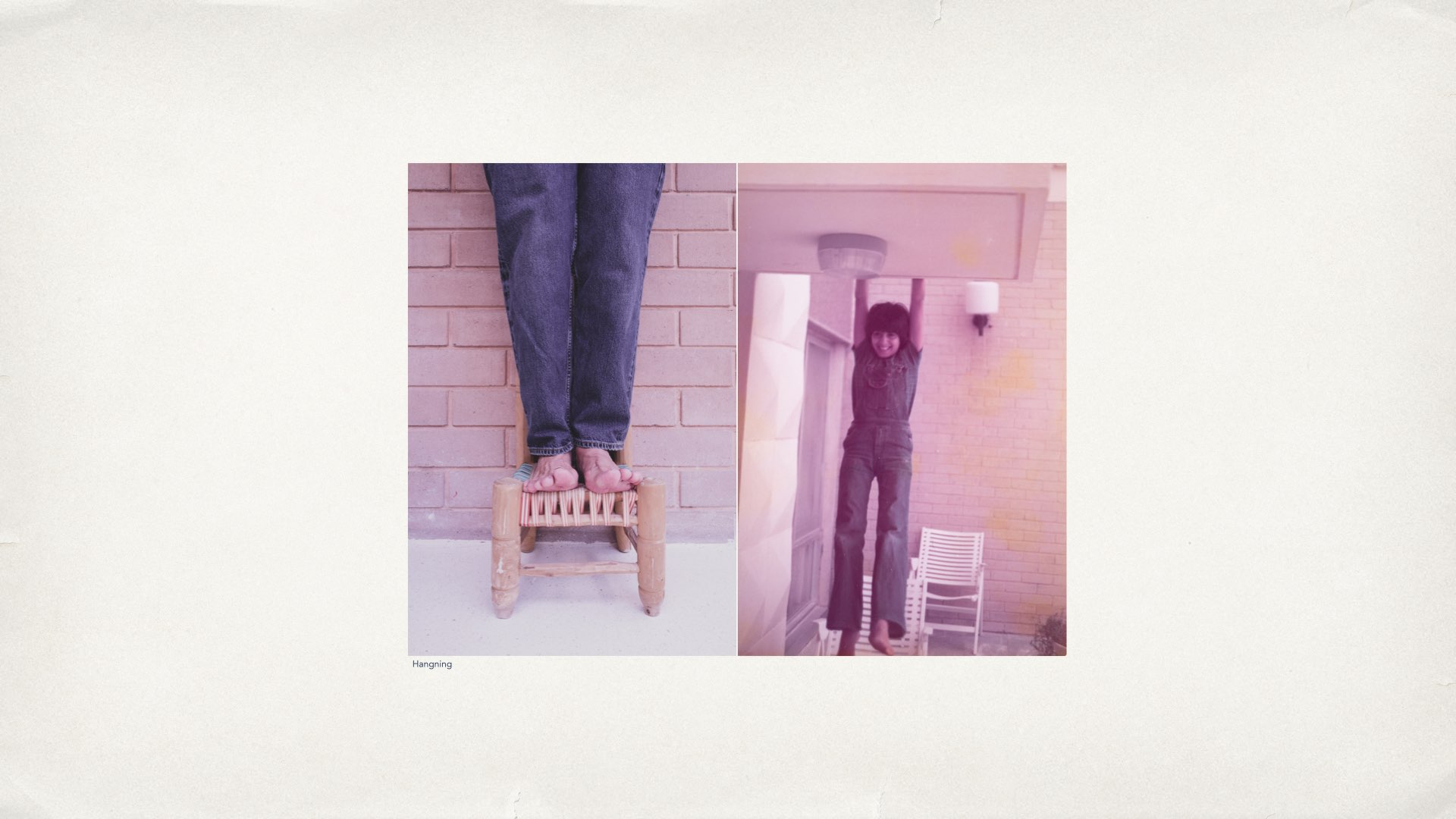
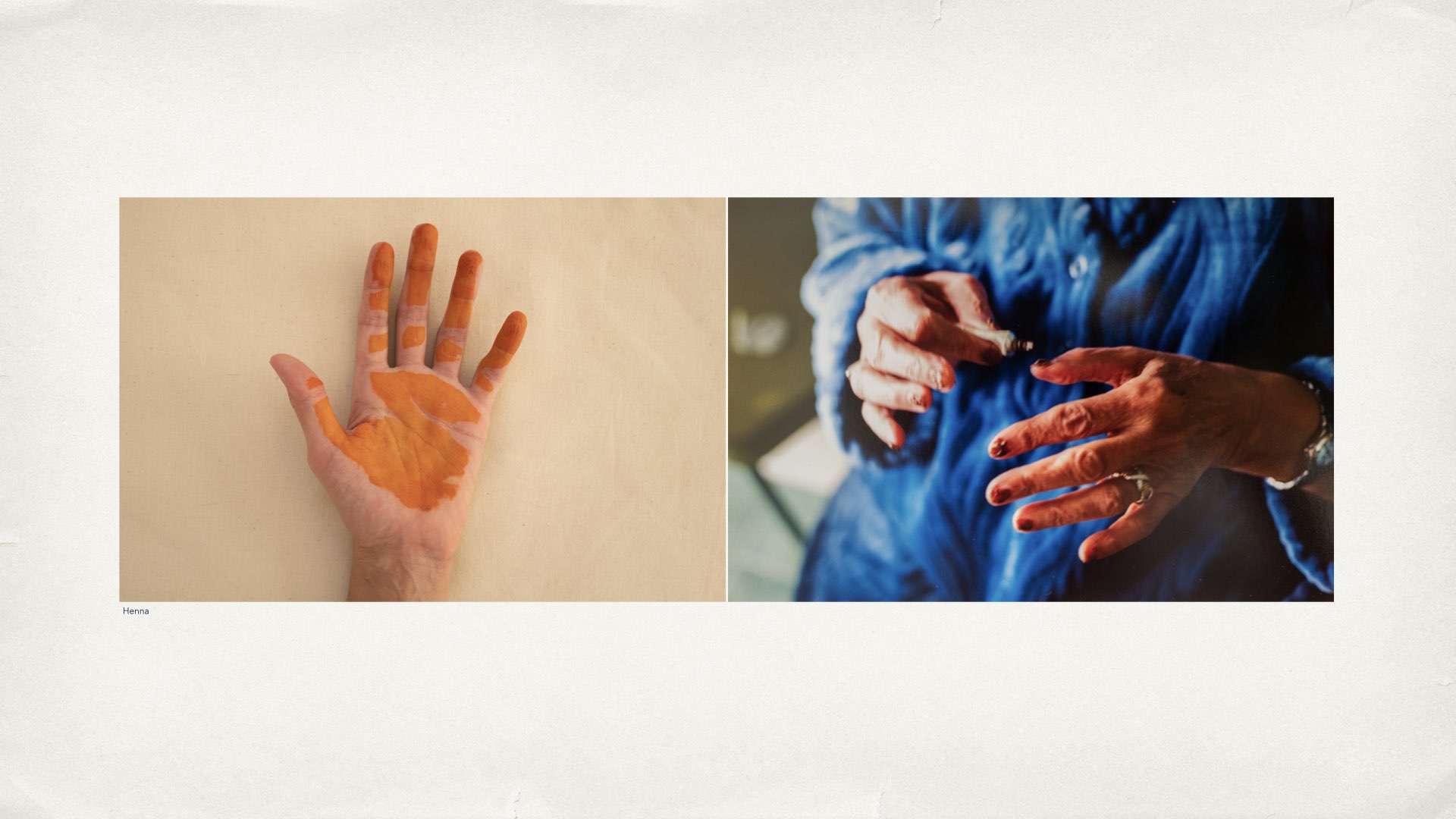
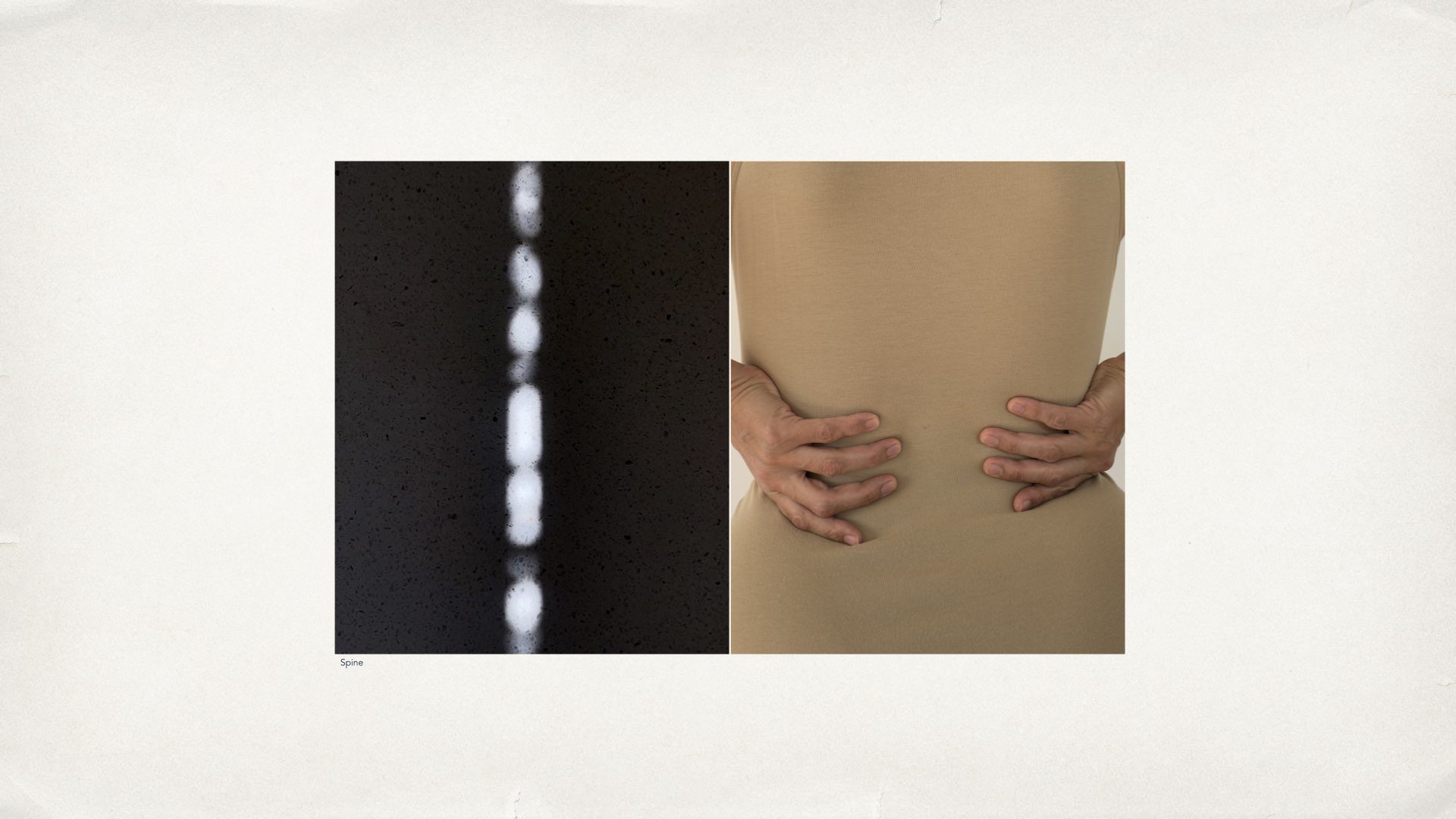
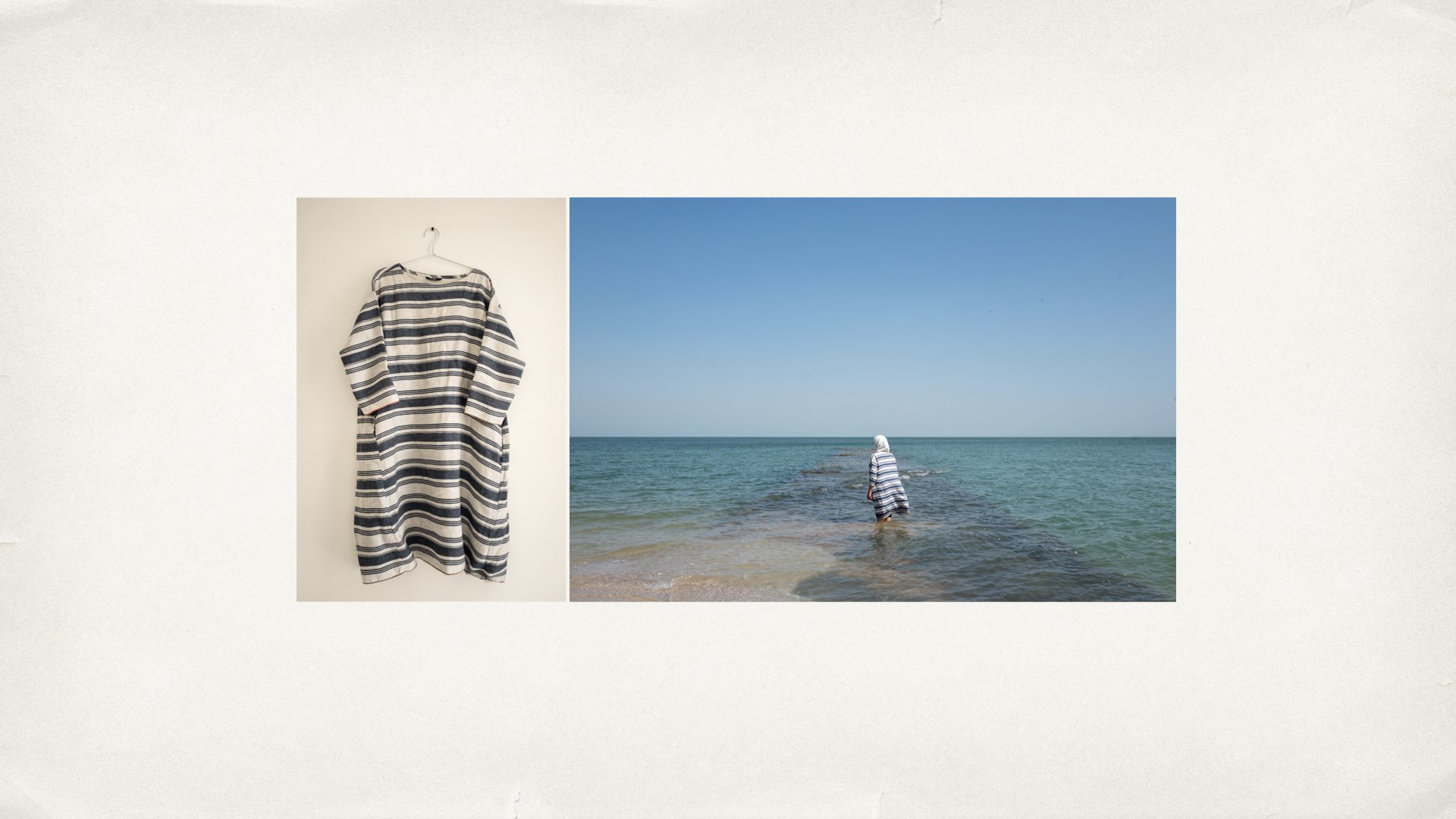
︎︎︎ Next
Ahmadi, Kuwait
Date: 2015
Medium: Digital
Date: 2015
Medium: Digital
Al-Ahmadi was founded in 1946 with the discovery of oil in the south of Kuwait. Centered around the oil industry, the town served the growing needs of the newly hired personnel of the Kuwait Oil Company. Conceived by British architects and city planners, Al-Ahmadi represented a new concept in urban design. Remote though it was from the rest of the cities, Al-Ahmadi thrived as
a self-contained suburban town, inviting many curious visitors throughout the years to eye its unique build. In the center of the town was the souq (market) built in 1961, which served as a vital point of exchange and interaction for its residents. Fifty years later, in 2011, the market closed its doors. Times had changed, many of the expats had left Kuwait as the country nationalized much of its oil industry, and as the area emptied out, the market gradually lost its relevance and became abandoned.
Nestled in a circular corner lot the size of several football fields , the old souq boasted several dozen shops housed in two separate and large structures of concrete topped with a lattice wall that ventilated and illuminated the space. Shops — from opticians to dry cleaners and even bicycle shops — were lined side by side in rows of approximately 10. What struck Huda on her first visit to the Souq in 2015 were the store signs; each sign, drawn by hand, displayed a variety of Arabic scripts including naskh, nostalgic, ruq’ah, and free-hand. The signs carried information on the year in which the store opened, mostly ranging from 1965 to 1974, and the names of the Palestinian, Indian, Iranian and Syrian shop-owners.
In 2013, the National Council of Culture, Arts, and Letters (NCCAL) announced plans for the restoration of this historic market into a cultural platform.



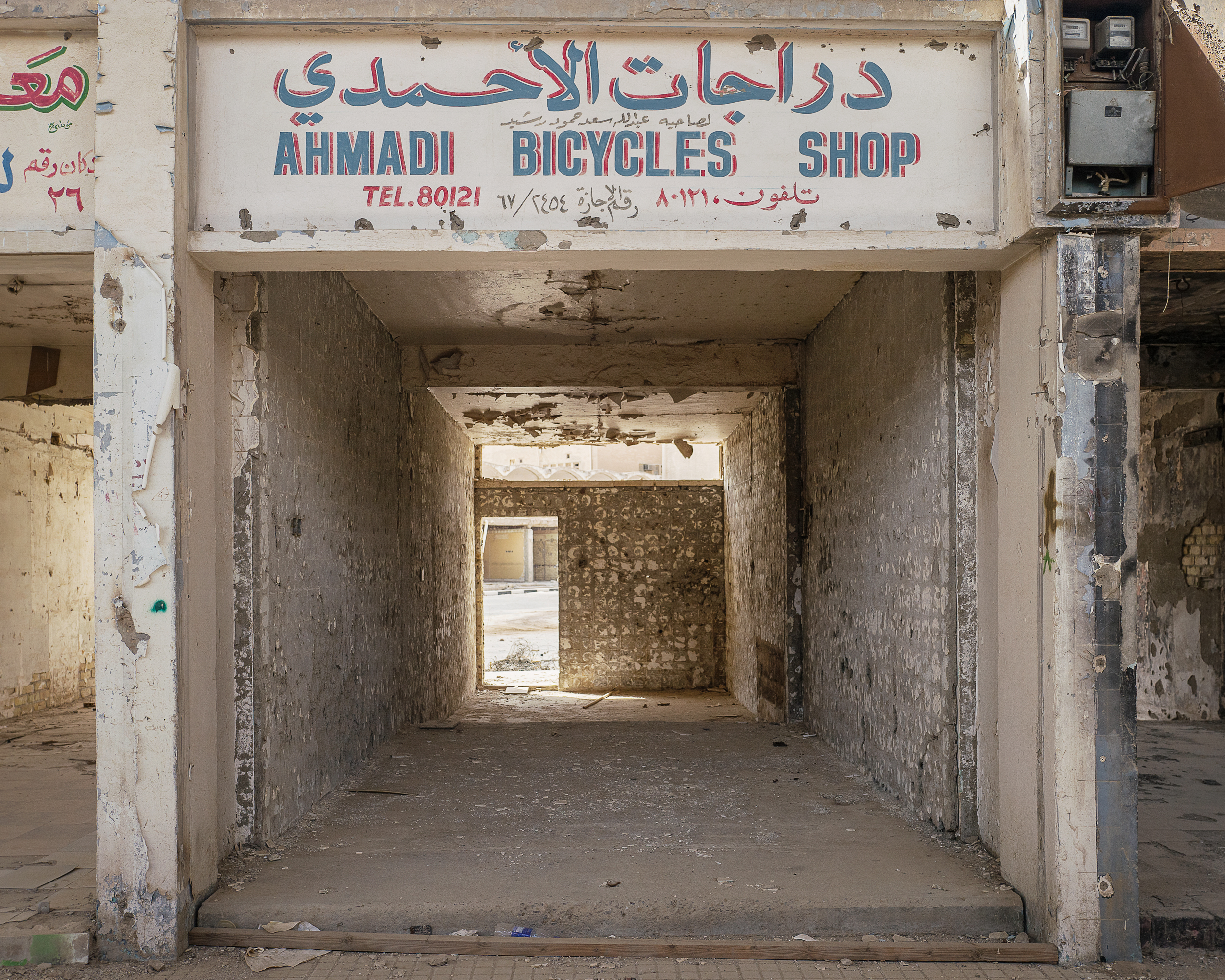
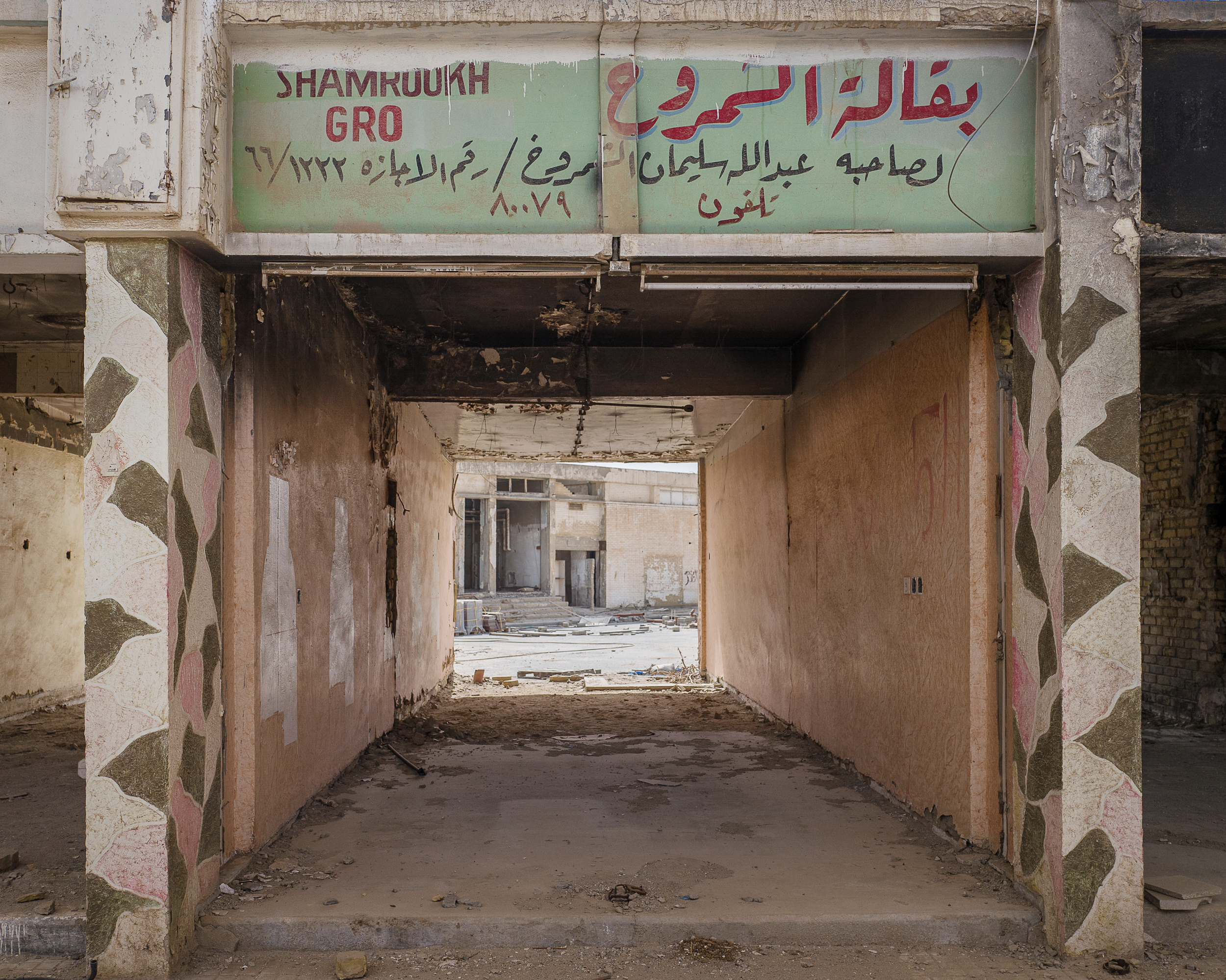



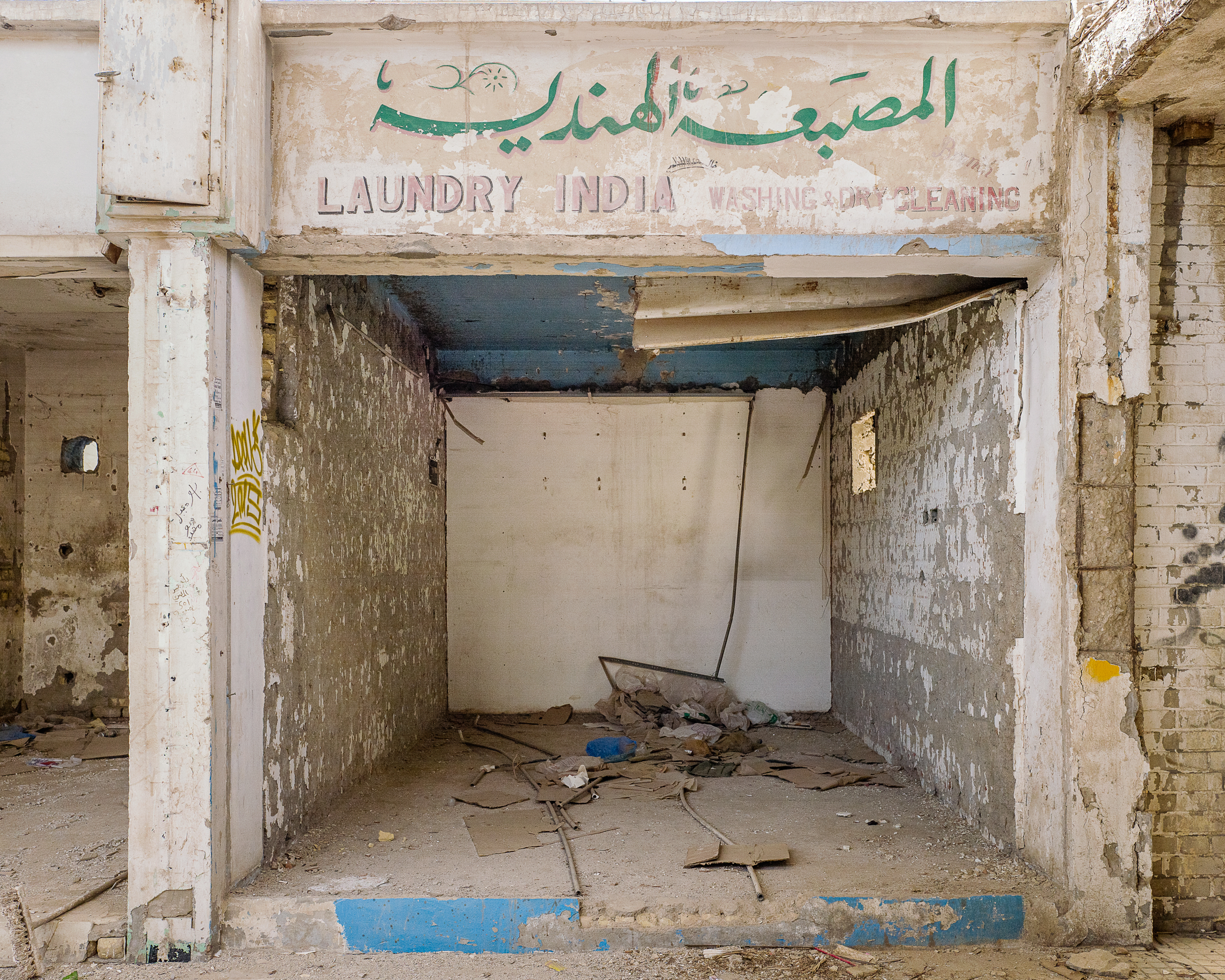

︎︎︎ Next
Nowruz Sayadeen
Location: Qeshm, Iran
Date: 2018
Medium: Medium format, Kodak Portra 400
Date: 2018
Medium: Medium format, Kodak Portra 400
During the searing summer heat in Qeshm Island, the village
of Salakh is overcome by the celebrations of the annual Nowruz Sayadeen (the Fisherman’s New Year). On this day all fishing– a symbol of the village’s livelihood – comes to a standstill out respect to nature’s bounty. In the midst of the celebrations an array of characters’ push through the crowd, teasing and frightening anyone in their path.
The only make-believe characters, the Shushis, toys with the crowd the most. The palm leaves brandished on each of their hands are used in dance, and the long woven reed hat on their heads guarantees they never get lost in the crowd.
The other characters include; the shtoor (camel), asb (horse), rooba (bird), and the booye saroom (pastor’s son).
